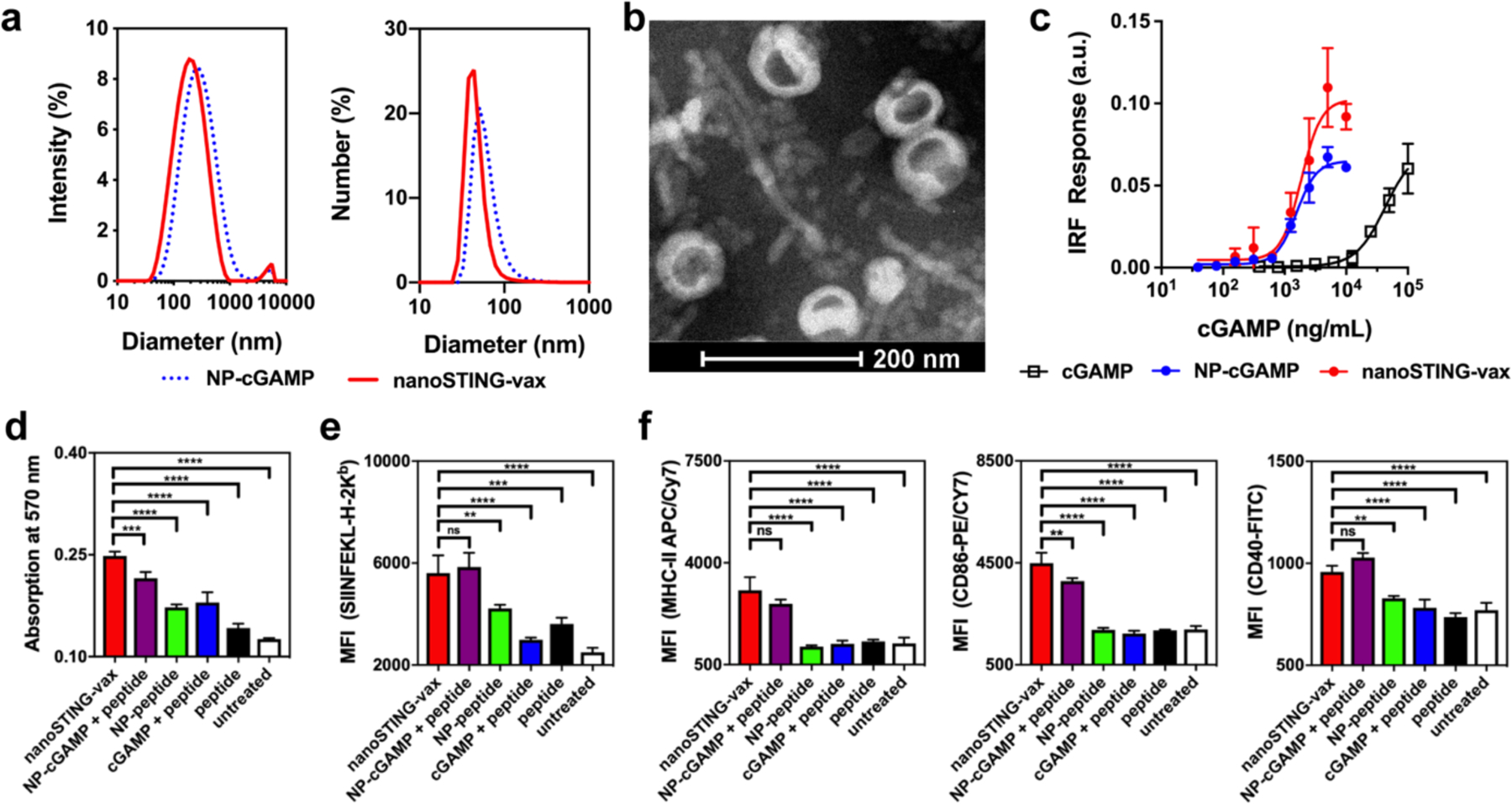Figure 2. Endosomolytic nanoparticles enhance dual-delivery of cGAMP and peptide antigens to the cytosol.

(a) Dynamic light scattering analysis (intensity and number average size distributions) of cGAMP-loaded polymersomes (NP-cGAMP) and polymersomes loaded with both cGAMP and the Ova-derived peptide SGLEQLESIINFEKL (nanoSTING-vax). (b) Representative transmission electron micrograph of nanoSTING-vax, here loaded with cGAMP and the peptide SGLEQLESIINFEKL. (c) Dose–response curves of the IFN-I response elicited by indicated cGAMP-containing formulations in RAW 264.7 cells with an IFN regulatory factor (IRF)-inducible reporter construct (n = 3 biologically independent samples). (d) B3Z T cell response to DC2.4 dendritic cells treated with the indicated formulation (n = 4 biologically independent samples). (e) Flow cytometric analysis of median fluorescent intensity (MFI) of BMDCs treated with the indicated formulation and stained with an antibody (25-D1.16) specific to the SIINFEKL/H-2Kb complex (n = 3 biologically independent samples). (f) Flow cytometric quantification (MFI) of MHC-II, CD86, and CD40 expression by BMDCs treated with indicated formulation (n=3 biologically independent samples). Statistical data are presented as mean ± s.d. Statistical significance between nanoSTING-vax and all other formulations are shown; **P<0.01, ***P<0.001, ****P<0.0001 by one-way ANOVA with Tukey post-hoc test.
